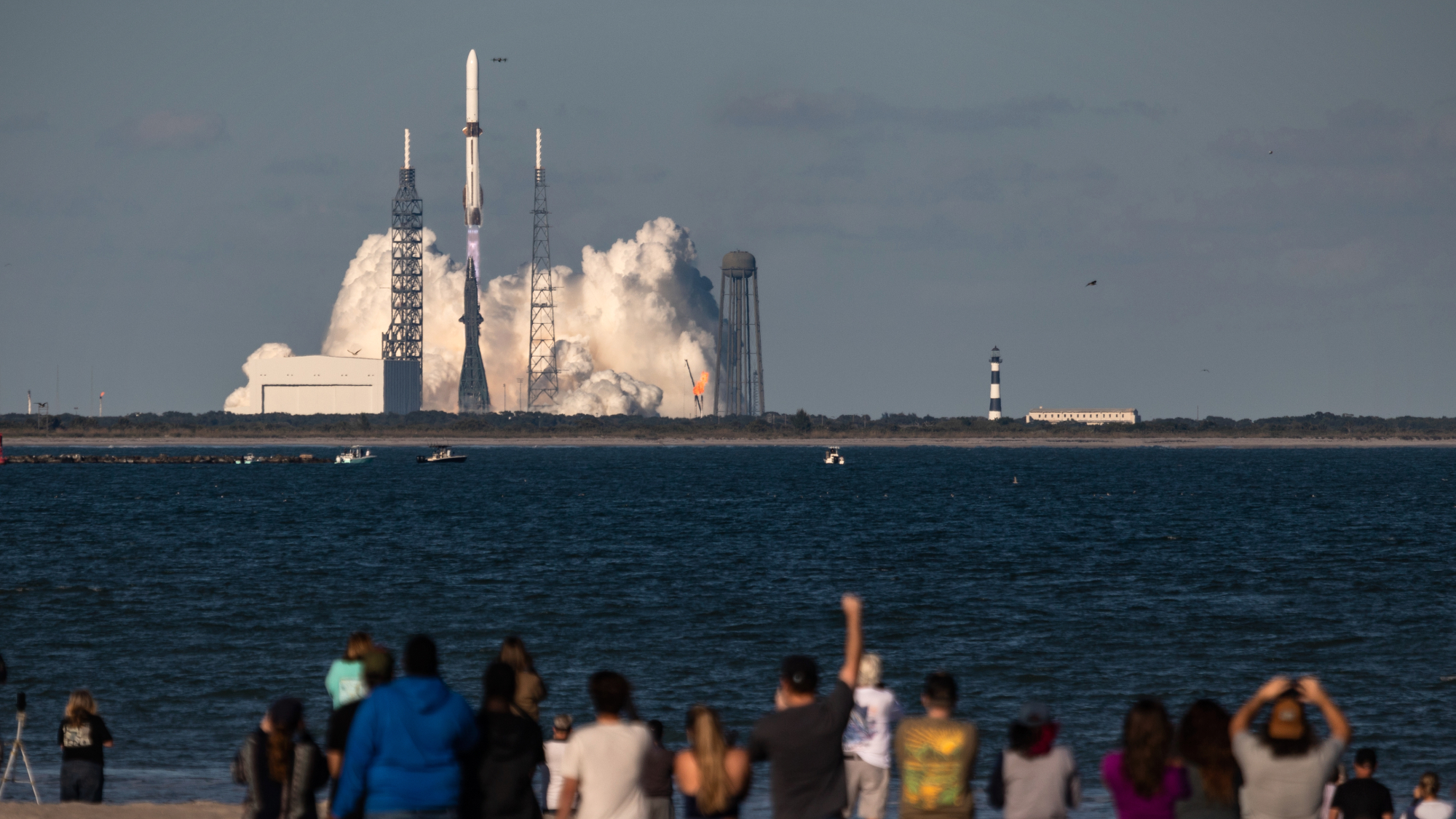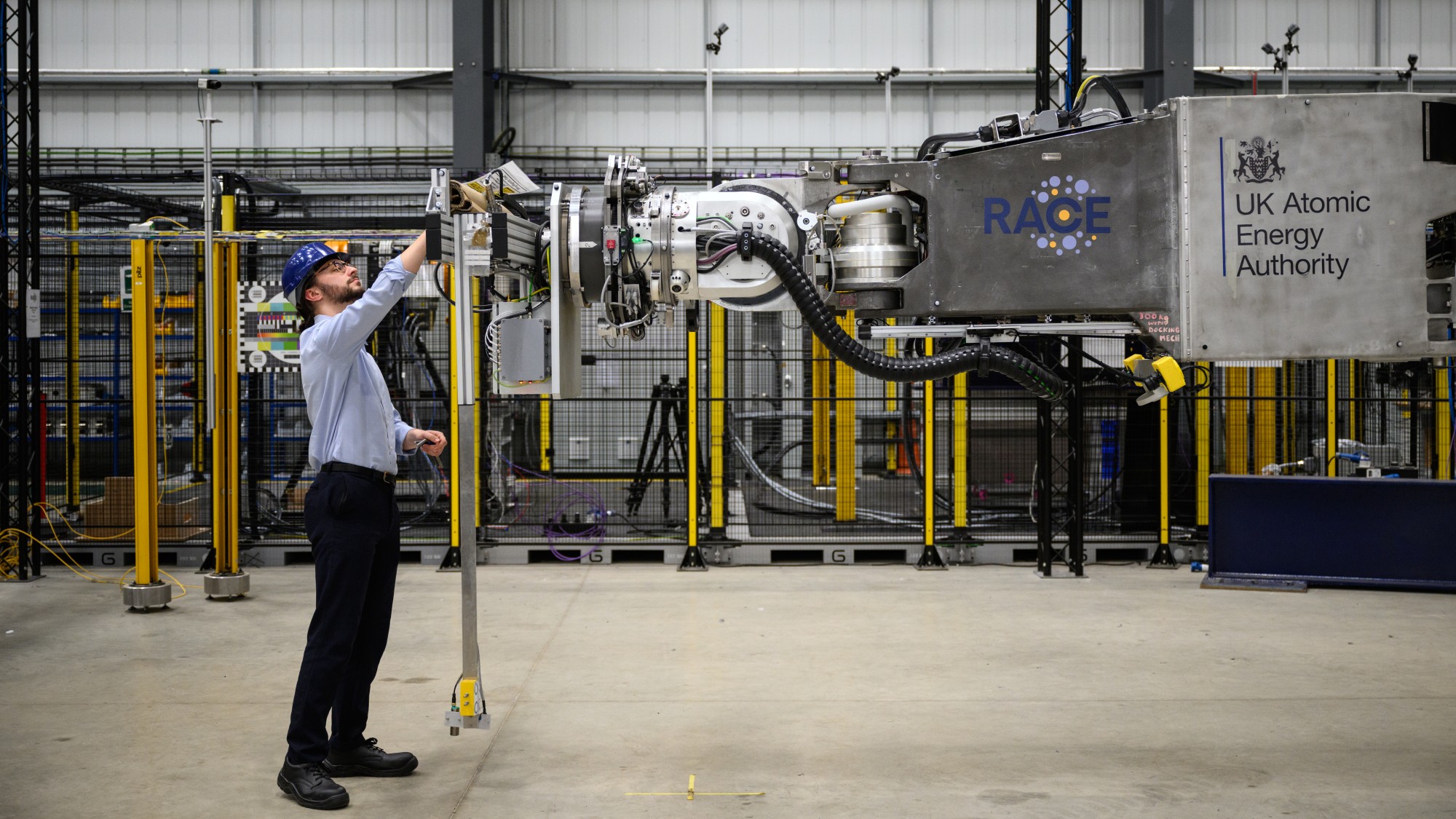Europe records big leap in renewable energy
Solar power overtook coal for the first time


What happened
The European Union generated a record 47% of its energy from renewable sources last year and another 24% from nuclear power, energy think tank Ember said in a report released Thursday. For the first time, solar (11%) provided more of the EU's energy than coal (10%), while wind power (17%) topped gas (16%) for the second year in a row.
Who said what
"Fossil fuels are losing their grip on EU energy," said Ember energy analyst Chris Rosslowe. The "EU's electricity transition has moved faster than anyone expected" since the bloc passed its European Green Deal in 2019, and that shift is "increasing European energy independence."
About 22% of the U.S.'s electricity comes from renewable sources, The Associated Press said. Last year, "solar panels and wind turbines produced more electricity than the nation's coal-fired power plants for the first time ever," The New York Times said. But President Donald Trump is "moving to restructure the nation's energy future to block any transition away from fossil fuels" — and "testing the boundaries of presidential power to do it."
The Week
Escape your echo chamber. Get the facts behind the news, plus analysis from multiple perspectives.

Sign up for The Week's Free Newsletters
From our morning news briefing to a weekly Good News Newsletter, get the best of The Week delivered directly to your inbox.
From our morning news briefing to a weekly Good News Newsletter, get the best of The Week delivered directly to your inbox.
What next?
The "ambitious" European Green Deal aims to cut EU emissions at least 55% by 2030 and to "practically zero" by 2050, the AP said. The U.S. is already "offtrack" from the Biden administration's "target of cutting emissions 50% to 52% by 2030," The Washington Post said, and it's "drifting further away from an all-renewable future" under Trump.
A free daily email with the biggest news stories of the day – and the best features from TheWeek.com
Peter has worked as a news and culture writer and editor at The Week since the site's launch in 2008. He covers politics, world affairs, religion and cultural currents. His journalism career began as a copy editor at a financial newswire and has included editorial positions at The New York Times Magazine, Facts on File, and Oregon State University.
-
 A luxury walking tour in Western Australia
A luxury walking tour in Western AustraliaThe Week Recommends Walk through an ‘ancient forest’ and listen to the ‘gentle hushing’ of the upper canopy
-
 What Nick Fuentes and the Groypers want
What Nick Fuentes and the Groypers wantThe Explainer White supremacism has a new face in the US: a clean-cut 27-year-old with a vast social media following
-
 5 highly amusing cartoons about rising health insurance premiums
5 highly amusing cartoons about rising health insurance premiumsCartoon Artists take on the ACA, Christmas road hazards, and more
-
 Blue Origin launches Mars probes in NASA debut
Blue Origin launches Mars probes in NASA debutSpeed Read The New Glenn rocket is carrying small twin spacecraft toward Mars as part of NASA’s Escapade mission
-
 Why scientists are attempting nuclear fusion
Why scientists are attempting nuclear fusionThe Explainer Harnessing the reaction that powers the stars could offer a potentially unlimited source of carbon-free energy, and the race is hotting up
-
 Dinosaurs were thriving before asteroid, study finds
Dinosaurs were thriving before asteroid, study findsSpeed Read The dinosaurs would not have gone extinct if not for the asteroid
-
 SpaceX breaks Starship losing streak in 10th test
SpaceX breaks Starship losing streak in 10th testspeed read The Starship rocket's test flight was largely successful, deploying eight dummy satellites during its hour in space
-
 Rabbits with 'horns' sighted across Colorado
Rabbits with 'horns' sighted across Coloradospeed read These creatures are infected with the 'mostly harmless' Shope papilloma virus
-
 Lithium shows promise in Alzheimer's study
Lithium shows promise in Alzheimer's studySpeed Read Potential new treatments could use small amounts of the common metal
-
 Scientists discover cause of massive sea star die-off
Scientists discover cause of massive sea star die-offSpeed Read A bacteria related to cholera has been found responsible for the deaths of more than 5 billion sea stars
-
 'Thriving' ecosystem found 30,000 feet undersea
'Thriving' ecosystem found 30,000 feet underseaSpeed Read Researchers discovered communities of creatures living in frigid, pitch-black waters under high pressure
